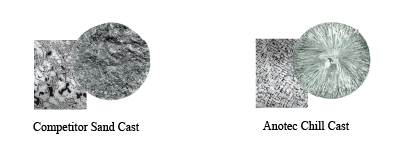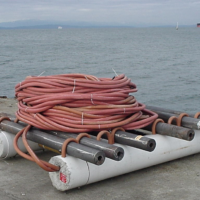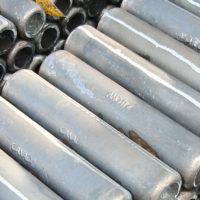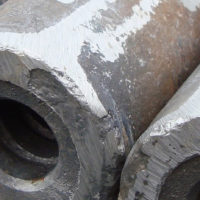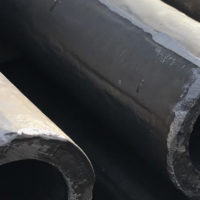-
- Anotec, Anodes, Cathodic Protection
Anotec Anode Sled
- Six, high silicon cast iron (HSCI) anodes, each 315 lb / 140 kg, are securely mounted on a corrosionresistant frame (sled). The sled weighs approximately 2,000 kg (4,410 lb), depending upon the size and length of shore lead cable. The footprint is nominally 2.1 m x 2.0 m x 0.6 m (7’ x 6.5’ x 2’).
- Add To Quote
-
- Anotec, Anodes, Cathodic Protection
Anotec Small and Specialty Anodes
- Small High Silicon Cast Iron (HSCI) Anodes: Bullet, Pancake, Button, Solid Stick and Tubular Form Factors
- Select options This product has multiple variants. The options may be chosen on the product page
-
- Anotec, Anodes, Cathodic Protection
Anotec Solid Stick Anodes
- Solid Stick High Silicon Cast Iron (HSCI) Anodes
- Select options This product has multiple variants. The options may be chosen on the product page
-
- Anotec, Anodes, Cathodic Protection
Anotec Z-Series Tubular Anodes
- Tubular High Silicon Cast Iron (HSCI) Anodes
- Select options This product has multiple variants. The options may be chosen on the product page


